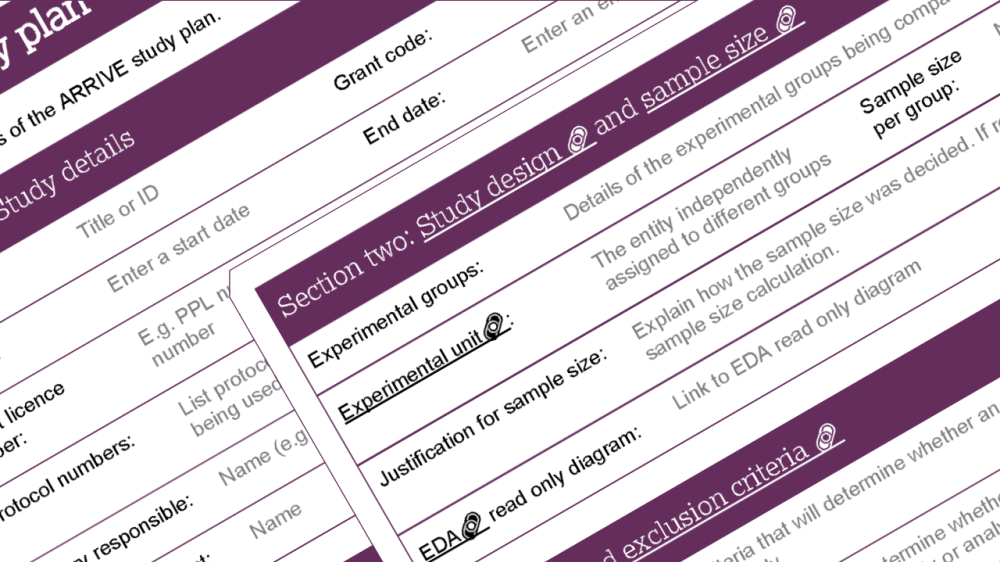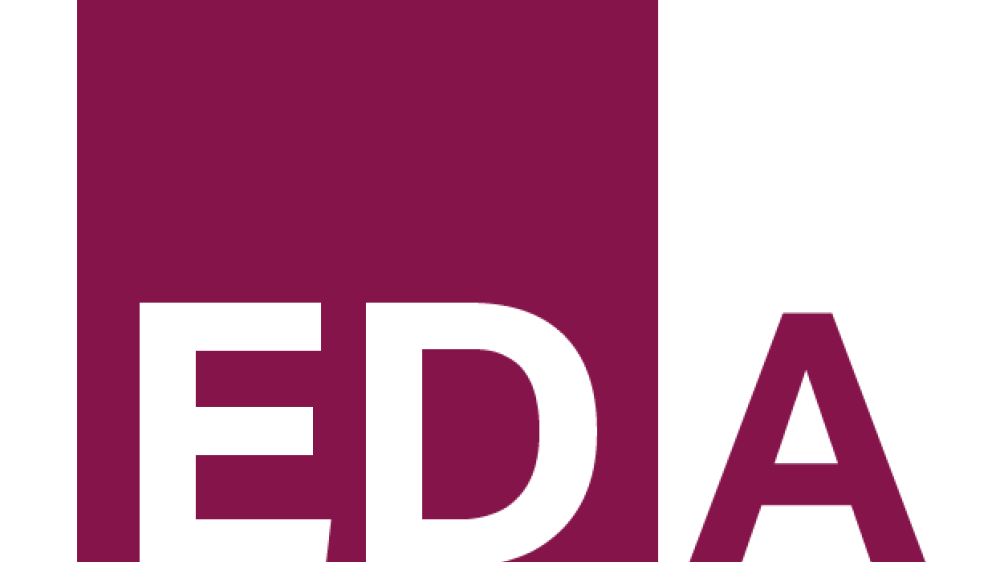Introducing the ARRIVE study plan

The ARRIVE study plan is a freely available resource to assess the rigour and improve the transparency of planned animal research.
Our new resource provides a clear and standardised framework for researchers, animal units and ethical review bodies to record and communicate individual in vivo studies. Alongside key procedural and welfare information about the experiment, the ARRIVE study plan guides users through questions designed to minimise bias, select an appropriate sample size and choose suitable statistical analyses. Our resource ensures that all the essential study design information is available for a thorough harm-benefit analysis and provides a comprehensive record for researchers to transparently report their methods in the literature. Through requesting this information upfront, institutions can maximise the likelihood of producing high quality and reliable results that make a meaningful contribution to the scientific knowledge base.
The ARRIVE study plan complements existing resources for planning in vivo experiments including the PREPARE guidelines. Before embarking on research involving the use of animals it is critical to form a clear hypothesis, identify possible non-animal alternatives to all or part of the proposed study and assess the relevance of the chosen model to answer the experimental question. PREPARE provides researchers with an extensive overview to formulating an experiment and the requirements of using animals before carrying out the research.
We strongly recommend users complete the ARRIVE study plan in conjunction with our Experimental Design Assistant (EDA). Researchers can design their experiments in the online EDA software and provide a URL to a report of their experimental plans when completing the ARRIVE study plan. The EDA offers tailored experimental design feedback to users and the EDA critique tool highlights where rigour strategies (for example, randomisation or blinding) have not been considered, including recommendations to improve the design of the study. To provide consistent, quality information for researchers using our experimental design and reporting resources we have released an updated Experimental Design Report to align with the revised ARRIVE guidelines 2.0 and mirror the ARRIVE Essential 10. The Experimental Design Report and ARRIVE study plan can help those on ethical review bodies without experimental design expertise to easily identify missing information and can form the basis of questions to the researcher.
A checklist of recommendations for full and transparent reporting of research involving animals.

Helping researchers worldwide design robust and reliable in vivo experiments.

